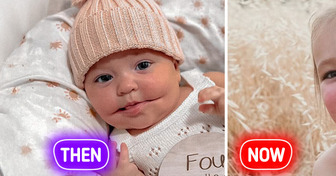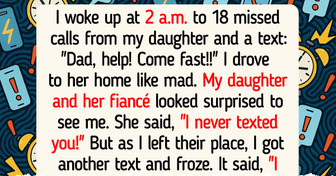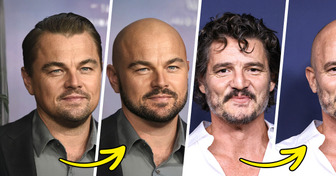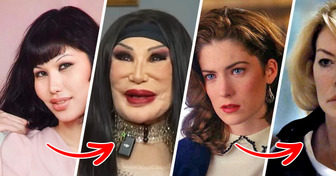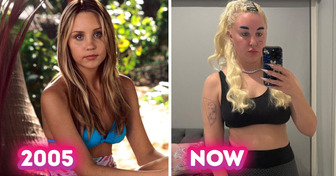12 Times Real Life Was More Intense Than a Hollywood Script


Tattoos have long been a canvas for creativity, where artists are free to experiment and redefine the limits of their craft. Belgian tattooist Indy Voet stands out in this world for his daring approach — placing his intricate designs on some of the body’s most unexpected spots, from behind the ears to the gums and even the delicate webs between fingers.
Belgian artist Indy Voet has gained recognition for his unconventional approach to tattooing, showcasing his distinctive art on some of the body’s most unexpected areas. Working at The Purple Sun tattoo parlor in Brussels, Voet is best known for creating permanent designs on places like fingers, behind the ears, and even the roof of the mouth — a rare skill he has refined over the past five years.
Instead of using a traditional tattoo machine, Voet relies on the hand-poking technique, manually guiding the needle with precision and care. With a decade of experience as a body piercer, his transition to tattooing sensitive and unusual areas came naturally. In an interview, he shared that his minimalist process depends entirely on skill, patience, and the trust of his clients — explaining that an electric tattoo gun would simply be too harsh for such delicate work.
Hand poke tattoos diverge from traditional methods by not using a machine. In this technique, a tattoo needle is immersed in ink and meticulously inserted into the skin, dot by dot. Despite the seemingly rustic nature of the process, professional hand poke artists operate within environments that adhere to the same strict standards of sterility as licensed tattoo studios do on a daily basis.
For Voet, transitioning from a background in piercing made the shift to tattooing with the hand-poking technique feel more organic. It began with small experiments on acquaintances in the tattooing community, and from there, it gradually evolved into the work he specializes in today.
Not too long ago, he started to incorporate both techniques into his practice, thanks to encouragement and a gift from one of his friends. For him, the focus is on creating exceptional tattoos, whether done with a machine or by hand. Utilizing a machine enables him to achieve a visual outcome that may be challenging by hand, particularly for certain styles. Voet believes that this technique broadens the spectrum of possibilities, although he acknowledges that there’s still much more for him to explore and learn.
In an interview, Voet shared that he truly enjoys every stage of the tattooing process — from the initial idea and design to meeting his clients. But if he had to choose the most rewarding part, it would be seeing the tattoo once it has healed and become part of someone’s everyday life. He finds it fascinating to watch how each piece integrates with a person’s other tattoos, complements their style, and moves with them through their daily routines.
Interestingly, Voet has a particular fondness for tattooing ears, though he also enjoys working on fingers, eyelids, the torso, and other areas. For him, the key lies in achieving both technical precision and visual harmony with the chosen spot — as long as those elements align, he’s happy to keep exploring different parts of the body as his canvas.
Voet became famous for designing mouth-roof tattoos. Contrary to expectations, Voet insists that the client’s experience is not as daunting as one might imagine. He says that nine out of 10 people describe mouth tattoos as almost painless or, at the very least, very easy to handle. The remaining 10% mostly complain about jaw muscle aches, which seems logical.
When it comes to post-tattoo care, Voet relies on his years of experience as a professional piercer to offer practical advice. Healing, he explains, is much like that of any other oral tattoo or piercing — it’s important to avoid spicy foods, strong alcohol, and to be mindful of what you put in your mouth for a few days. After that, the body’s natural healing abilities within the mouth do most of the work on their own.
Tattooing is a constantly evolving art form, and Indy Voet’s perspective offers a fascinating look into the creativity and dedication that drive it. From experimenting with unconventional body placements to mastering both hand-poke and machine techniques, his work reflects a deep passion for innovation and a commitment to making each tattoo truly unique and meaningful.

